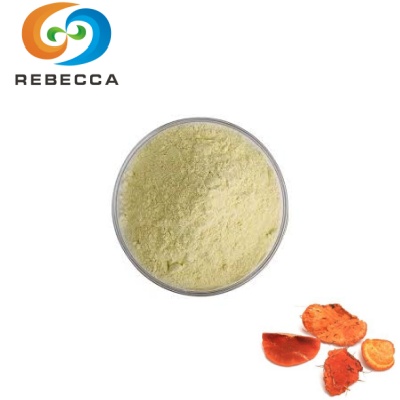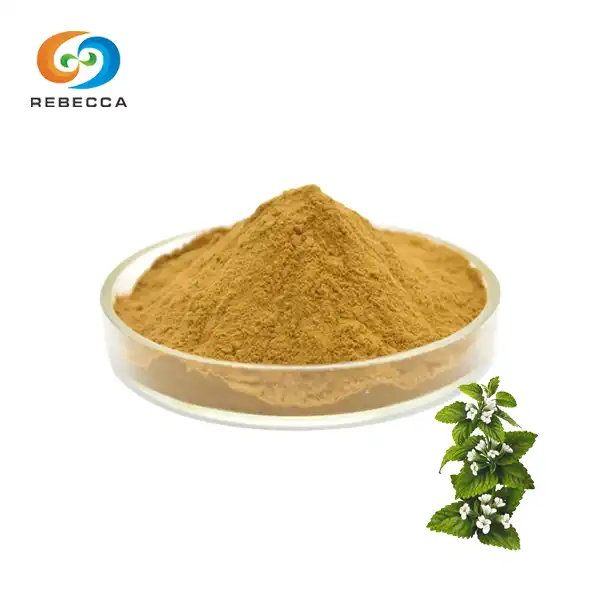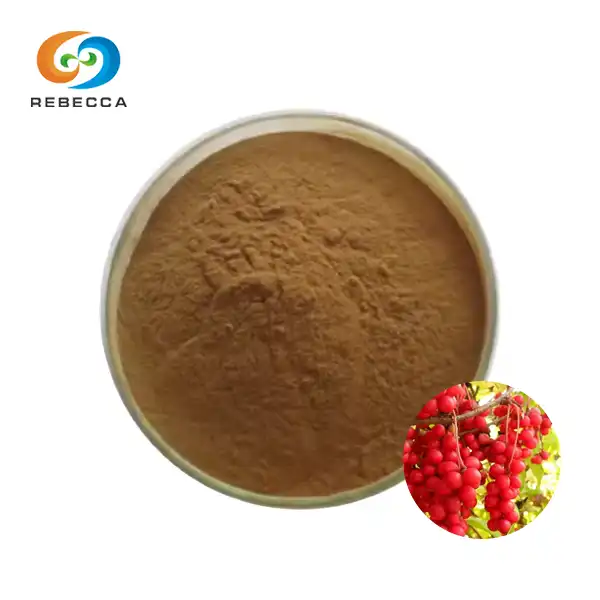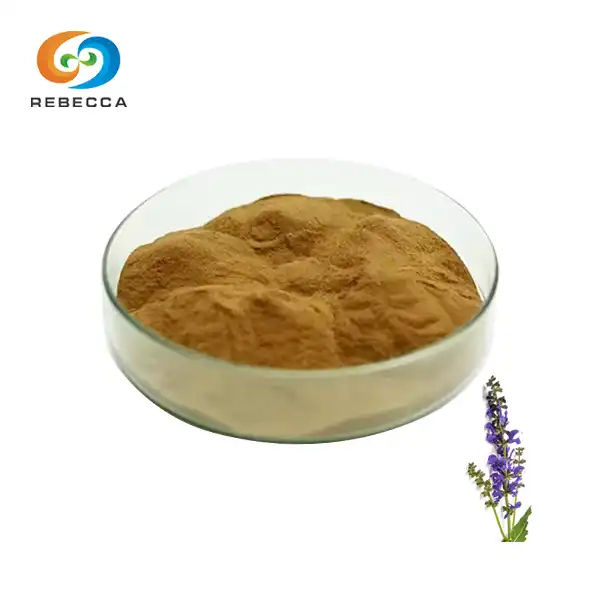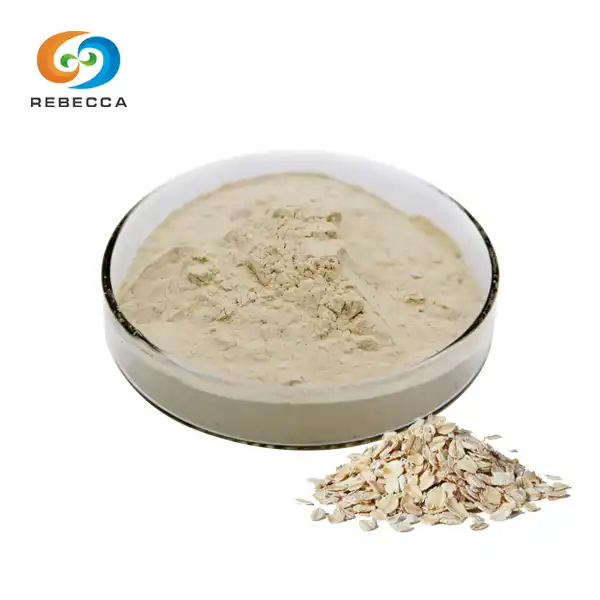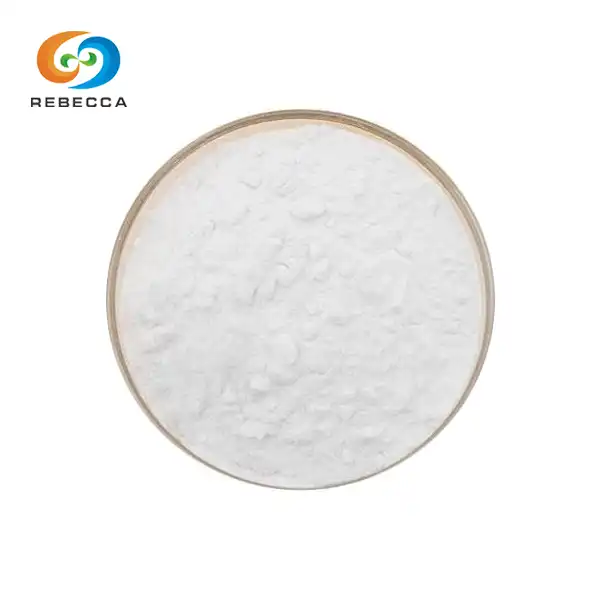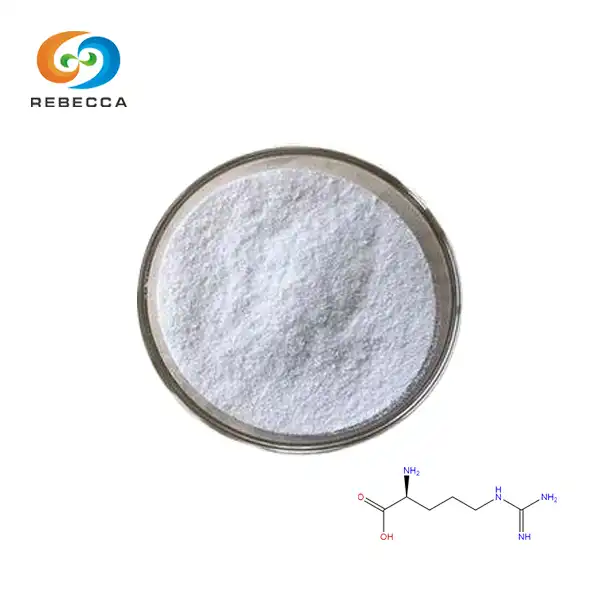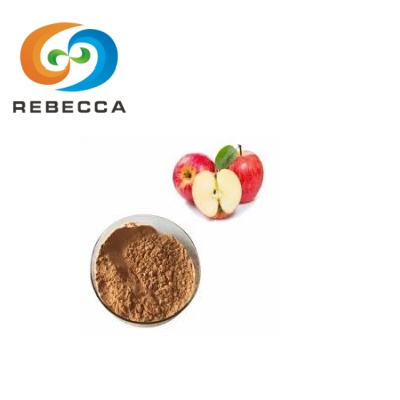What is Quercus Robur (Oak) Root Extract?
Quercus robur, commonly known as English oak or pedunculate oak, stands as one of the most iconic tree species across Europe. While many are familiar with its majestic canopy and distinctive acorns, fewer recognize the significant value contained within its extensive root system. quercus robur root extract represents a concentrated form of bioactive compounds obtained from the underground portion of this tree. This natural extract has gained attention in various fields, including traditional medicine, cosmetic formulations, and pharmaceutical applications. The unique phytochemical profile of oak root extract offers potential benefits that researchers continue to explore through scientific investigation.
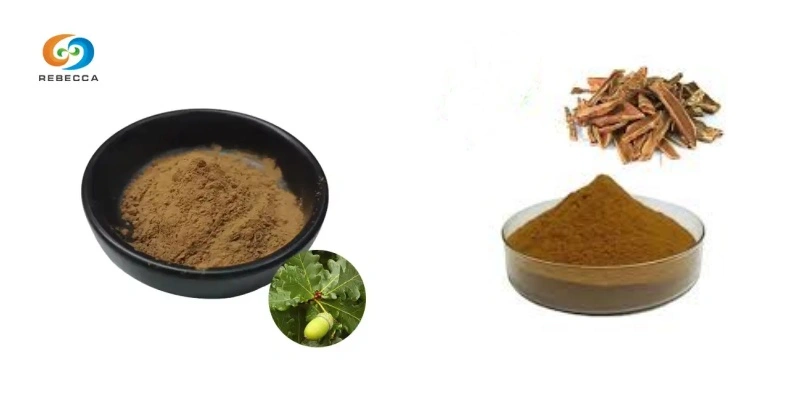
Derived From The Quercus Robur Roots
Quercus robur root extract originates from the substantial underground network of the English oak tree, a process requiring careful harvesting techniques to preserve both the source material quality and the parent tree's health. The extraction begins with mature specimens, typically those at least 15-20 years old, whose root systems have developed sufficient biomass and bioactive compound concentration. Unlike leaf or bark harvesting, root collection necessitates specialized approaches that minimize damage to the tree while yielding material suitable for extraction purposes.
Sustainable harvesting practices focus on selective collection of secondary roots rather than disrupting the primary root structure essential for tree stability. Environmental stewardship represents a critical consideration when obtaining Quercus robur roots, with responsible suppliers implementing rotational harvesting schedules that allow individual trees adequate recovery periods. The optimal harvesting season typically occurs during late autumn or winter when the tree enters dormancy, redirecting resources to the root system and increasing the concentration of desired compounds.
Following collection, the roots undergo meticulous cleaning to remove soil contaminants while preserving the integrity of the outer root tissues where many bioactive compounds concentrate. The preparation process typically involves washing, drying under controlled conditions, and size reduction through grinding or milling. This preliminary processing facilitates the subsequent extraction by increasing the surface area available for solvent interaction while standardizing the starting material consistency.
Various extraction methodologies can be employed to obtain Quercus robur root extract, each influencing the final composition and therapeutic properties. Traditional water extraction, utilized for centuries, yields a preparation rich in water-soluble components like certain tannins and polysaccharides. Contemporary processing often employs hydroalcoholic extraction using ethanol-water mixtures, which extract a broader spectrum of compounds including both hydrophilic and moderately lipophilic constituents. Advanced techniques such as supercritical fluid extraction with carbon dioxide may be utilized to target specific lipophilic components while avoiding thermal degradation.
The extract undergoes filtration following the solvent extraction phase, removing insoluble plant materials while retaining the dissolved active compounds. Concentration follows, often through vacuum distillation or other low-temperature evaporation methods that preserve heat-sensitive constituents. Modern processing may incorporate additional purification steps, including chromatographic techniques, to enhance specific component concentrations or remove unwanted elements. The final processing typically yields a brownish powder with standardized active component levels, particularly total saponins, which serve as quality markers for commercial Quercus robur root extract.
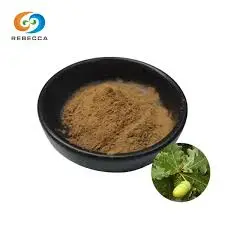
Components Of Quercus Robur Root Extract
The phytochemical composition of Quercus robur root extract represents a complex matrix of bioactive compounds that contribute to its biological activities. Saponins emerge as the predominant constituents, typically standardized to approximately 3% in commercial extracts. These compounds consist of triterpene or steroid aglycones attached to sugar moieties, creating amphiphilic molecules with distinctive foaming properties when agitated in aqueous solutions. The saponin fraction primarily contains triterpene-based structures, with quercussaponin and robursaponin among the characterized compounds. These saponins demonstrate various pharmacological properties, including anti-inflammatory, antimicrobial, and membrane-interacting activities that contribute to the extract's overall effects.
Tannins constitute another significant component group in Quercus robur root extract, representing complex polyphenolic compounds with astringent properties. The roots contain both hydrolyzable tannins (gallotannins and ellagitannins) and condensed tannins (proanthocyanidins). These compounds exhibit strong protein-binding capacity, contributing to the extract's traditional applications for tightening tissues and reducing fluid secretions. The ellagitannins, including castalagiin and vescalagin, demonstrate notable antioxidant capacity by scavenging free radicals and chelating metal ions involved in oxidative reactions. Research suggests these compounds may help protect cellular structures from oxidative damage while providing antimicrobial effects through protein precipitation mechanisms.
Phenolic acids present in the extract include gallic acid, ellagic acid, and various hydroxybenzoic acid derivatives. These relatively simple compounds contribute to the extract's antioxidant properties while demonstrating specific biological activities. Ellagic acid, particularly abundant in oak tissues, has garnered scientific interest for its potential cancer-preventive properties and beneficial effects on cardiovascular health. The phenolic acid profile varies depending on extraction methods, with more polar solvents typically yielding higher concentrations of these compounds.
Flavonoids, while present in lower concentrations than in aerial parts of the tree, contribute to the root extract's pharmacological profile. These polyphenolic compounds primarily include quercetin, kaempferol, and their glycosides, which demonstrate antioxidant, anti-inflammatory, and vasculoprotective properties. The flavonoid content appears concentrated in the outer root layers, particularly the root cortex, highlighting the importance of proper harvesting techniques that preserve these tissue layers.
Polysaccharides represent an often-overlooked component group with immunomodulatory potential. The root extract contains various complex carbohydrates, including arabinogalactans and glucans, which research suggests may stimulate immune responses through interactions with immune cell receptors. These high-molecular-weight compounds typically require water-based extraction for optimal recovery and contribute to the traditional uses of oak preparations for enhancing resistance to infections.
Essential minerals accumulate in Quercus robur roots through uptake from surrounding soil, with calcium, potassium, magnesium, and trace elements including zinc and manganese detected in analyses. While present in relatively small amounts in standardized extracts, these minerals may contribute synergistically to certain biological effects. The mineral profile varies considerably based on soil composition where the source trees grow, creating regional variations in extract composition.
Traditional Uses
Quercus robur root extract possesses a rich historical legacy in traditional European medicine, with applications dating back centuries. European folk medicine systems, particularly those in regions where the English oak grows natively, incorporated root preparations for various therapeutic purposes. The documented traditional uses primarily centered around the extract's astringent, anti-inflammatory, and antimicrobial properties. Historical medical texts from the Middle Ages describe oak root decoctions for treating dysentery and other gastrointestinal ailments characterized by excessive secretions or inflammation.
Gastrointestinal applications represent one of the most consistent traditional uses across different European regions. Practitioners administered oak root preparations to address diarrheal conditions, intestinal bleeding, and gastric inflammation. The high tannin content provided strong astringent effects, helping reduce excessive fluid secretion in the intestinal tract while forming a protective layer over inflamed mucous membranes. Traditional healers often prepared mild decoctions for internal use, carefully controlling concentration to avoid the potential irritant effects of excessive tannins. This application aligns with modern understanding of tannins' protein-binding properties and their resultant tissue-tightening effects.
Oral and dental health represents another traditional application domain where Quercus robur root extract found frequent use. Traditional healers created mouth rinses and gargles from root decoctions to address bleeding gums, throat inflammation, and minor oral infections. The preparation's astringent properties helped reduce inflammation and bleeding, while the antimicrobial components addressed common oral pathogens. Some traditional practices included creating strengthening preparations for loose teeth, applying the extract directly to the gums to promote tissue tightening and reduce mobility—a practice that foreshadowed modern interest in natural dental care products.
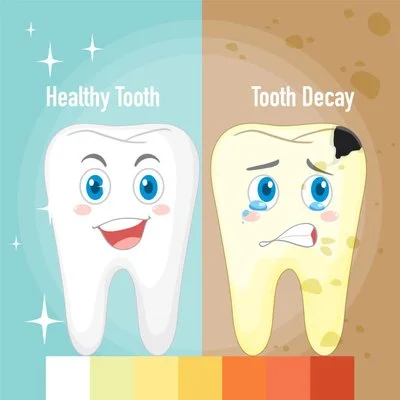
Skin conditions constituted a significant area of traditional application, with oak root preparations used topically for various dermatological concerns. Traditional healers created washes and compresses for wounds, minor burns, and inflammatory skin conditions. The extract's ability to precipitate proteins created a protective barrier over damaged tissues while reducing exudate production. Its antimicrobial properties helped prevent infection in open wounds, while anti-inflammatory components reduced redness and discomfort. Some traditions employed oak root extract for treating hemorrhoids, utilizing both its astringent and anti-inflammatory properties to reduce swelling and discomfort.
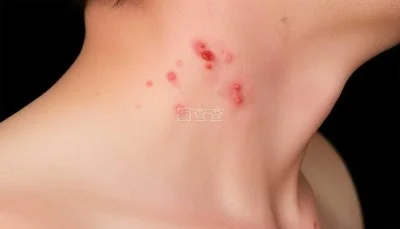
Women's health applications appear in various traditional medical systems, particularly for conditions involving excessive discharge or bleeding. Traditional midwives in parts of Central and Eastern Europe utilized oak root decoctions for postpartum care, applying dilute solutions to reduce bleeding and promote tissue healing. Some traditions also employed the extract for addressing heavy menstrual bleeding and certain vaginal infections, taking advantage of its astringent and antimicrobial properties. These gynecological applications typically involved careful preparation and dilution to avoid tissue irritation.
Respiratory applications included the use of oak root preparations for various throat and bronchial conditions. Traditional healers created gargles for sore throats and mild preparations for bronchial irritation characterized by excessive secretions. The astringent properties helped reduce mucus production while soothing irritated tissues. Some traditions combined oak root with other botanicals to create comprehensive respiratory formulations addressing multiple symptom aspects simultaneously.
Rebecca: Quercus Robur Root Extract Supplier
At Rebecca Bio-Tech, we take pride in providing premium quality Quercus robur root extract harvested using sustainable practices and processed according to the highest industry standards. Our commitment to quality ensures you receive a product with consistent potency and purity for your formulation needs.
Part used: Root
Active ingredients: Total Saponins
Specification: Total Saponins 3%
Appearance: Brown Fine Powder
For more information or to place an order, please reach out to us at information@sxrebecca.com.
Reference
Wichtl M, Bisset NG, editors. Herbal drugs and phytopharmaceuticals: a handbook for practice on a scientific basis. 3rd ed. Stuttgart: Medpharm Scientific Publishers; 2004.
Salminen JP, Karonen M, Sinkkonen J. Chemical ecology of tannins: recent developments in tannin chemistry reveal new structures and structure-activity patterns. Chemistry. 2011;17(10):2806-2816.
Passalacqua NG, Guarrera PM, De Fine G. Contribution to the knowledge of the folk plant medicine in Calabria region (Southern Italy). Fitoterapia. 2007;78(1):52-68.
